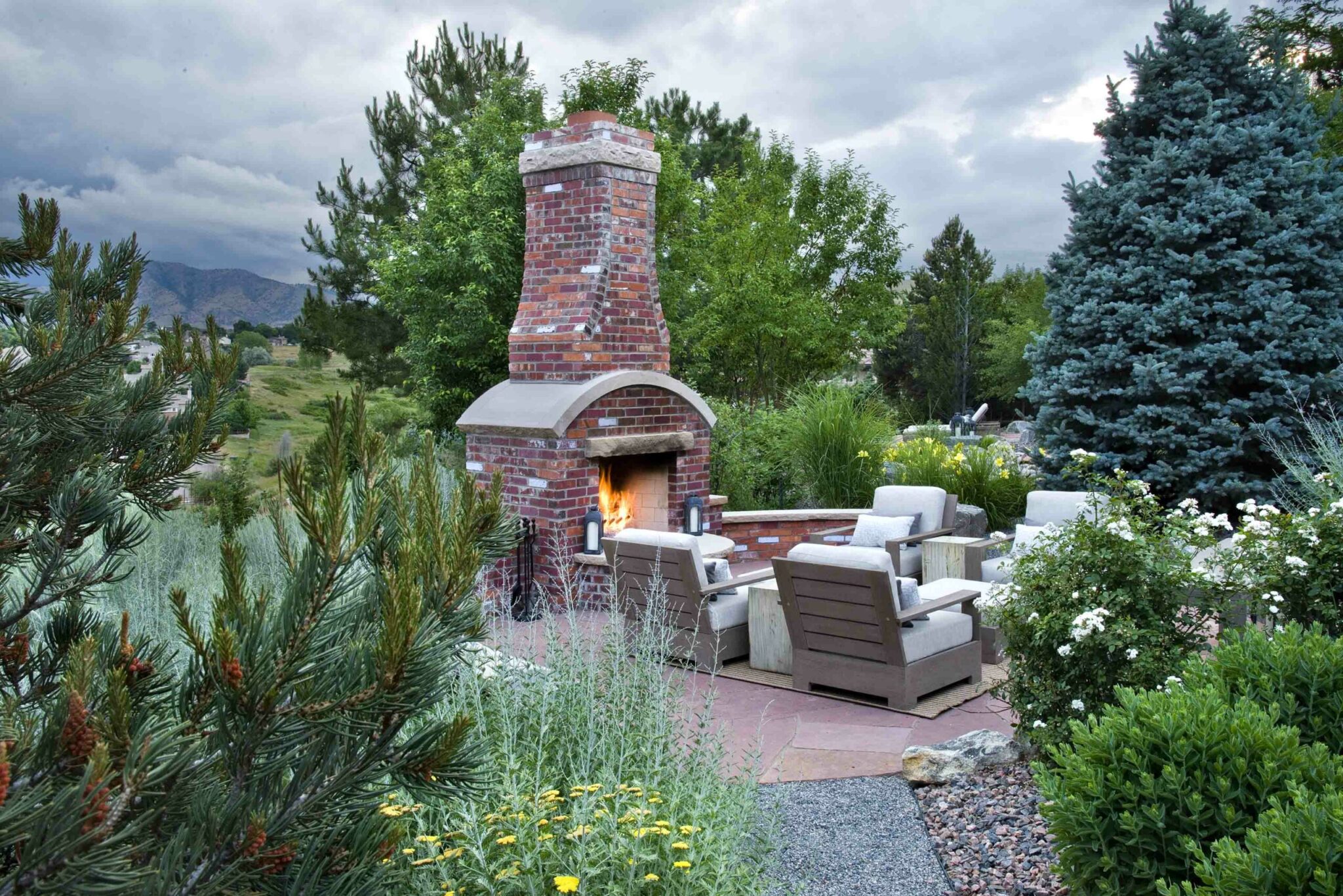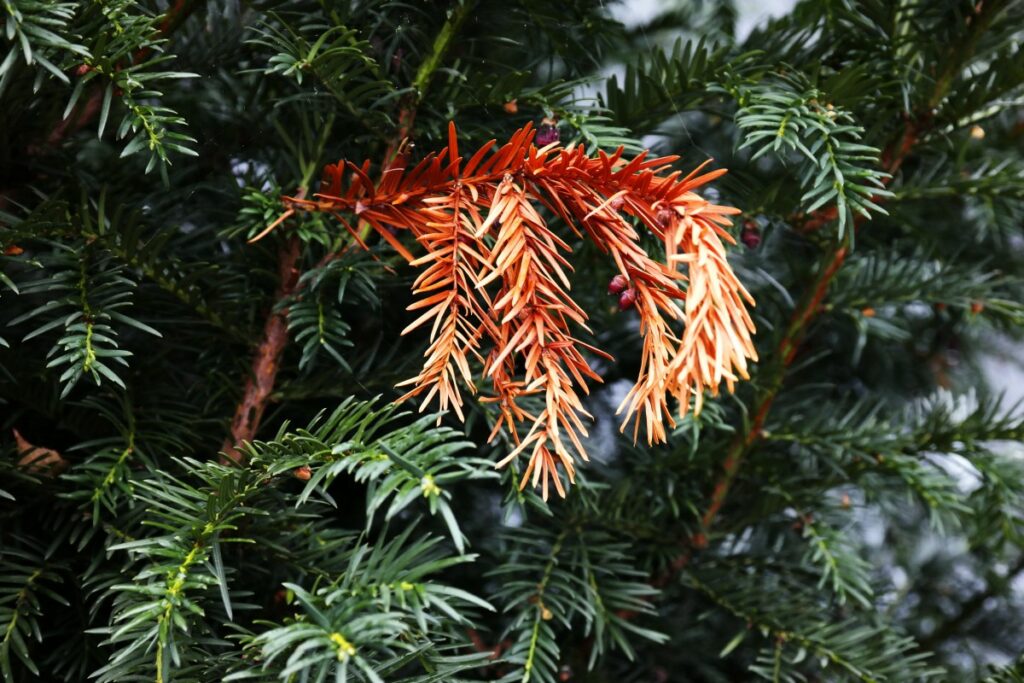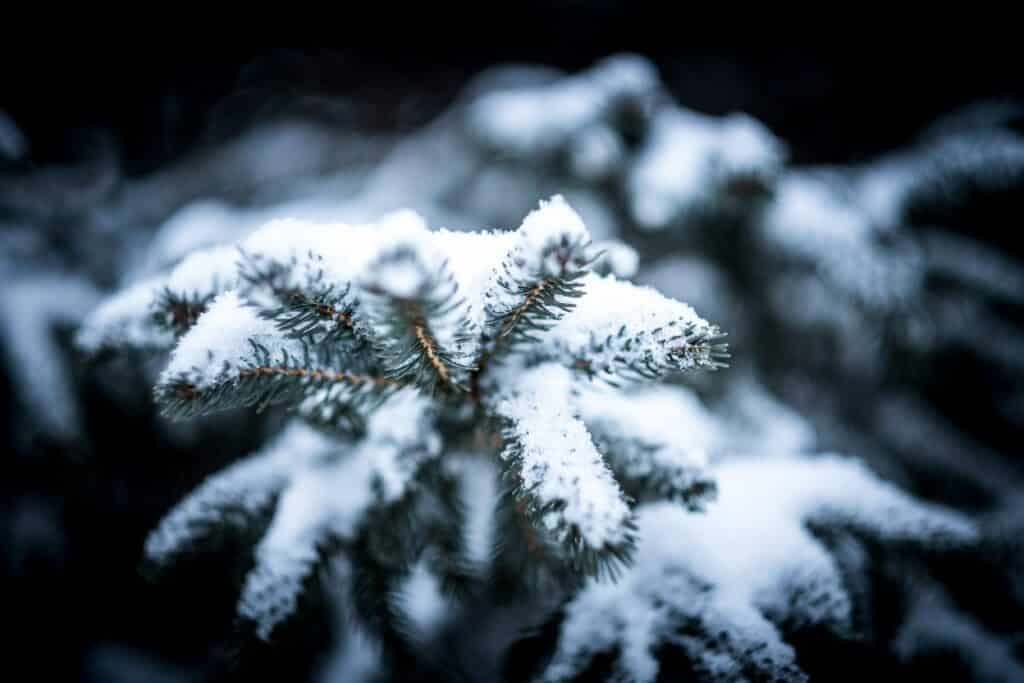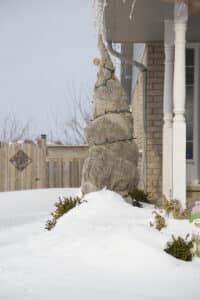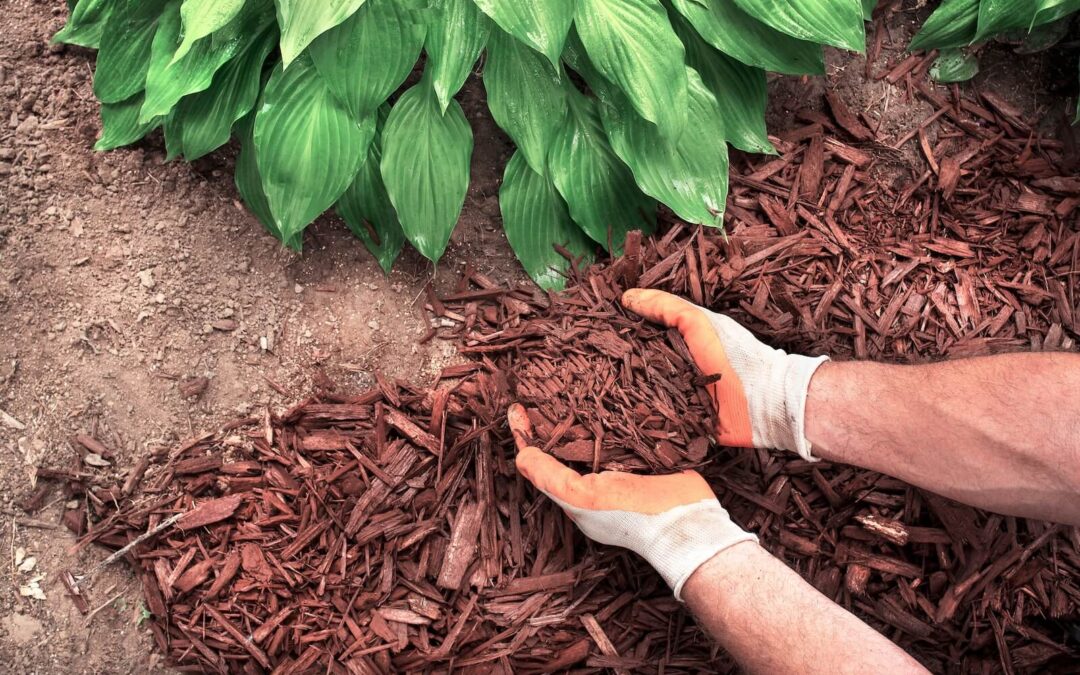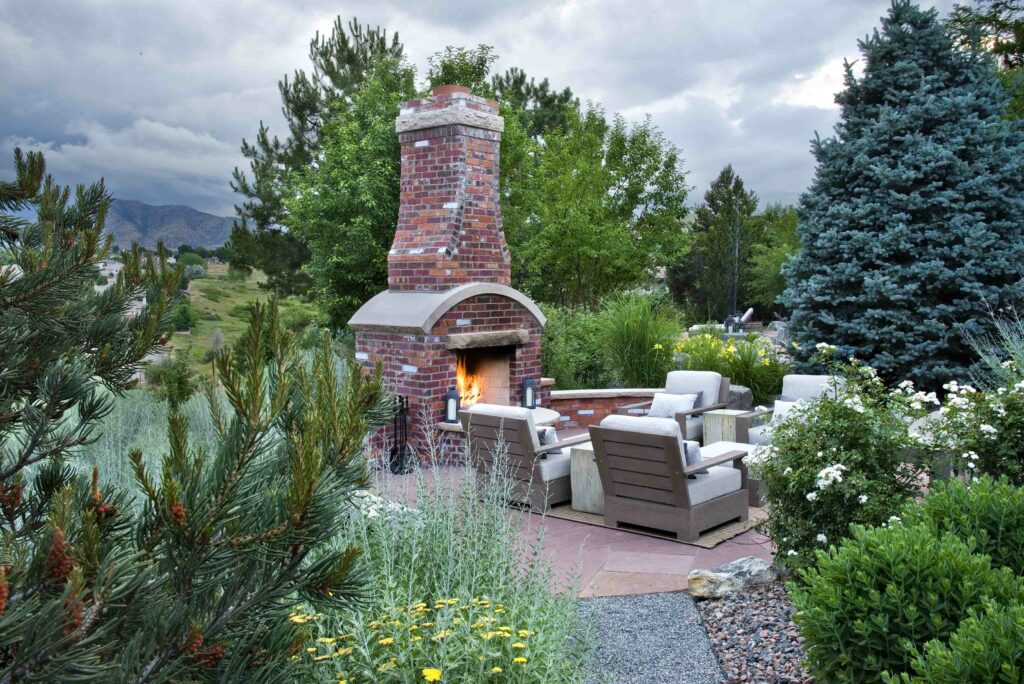
A common problem with evergreen trees and shrubs in Colorado during the winter is desiccation, or “drying out.”
Desiccation, also referred to as winter burn, is the shedding or dying-off of evergreen leaves and branches during the winter months. This is particularly problematic in Colorado because the trifecta of 1) high winds, 2) freezing temperatures, and 3) little to no rainfall are all prime conditions for winter burn.
The best indication that your evergreen is getting a case of winter burn is yellowing or reddish-colored and brittle needles that show up at the crown (top) of the plant.
While desiccation is common, it’s also preventable. Below, the Lifescape Property Care Team shares their expertise about how to protect trees and shrubs from cold weather with anti-desiccants.
What Are Anti-Desiccants?
Anti-desiccants are sprayable protective coatings that should be applied to evergreens as needed during the winter in Colorado. Applications typically last one to two months but vary depending on the weather. Rain and warmer temperatures cause anti-desiccants to break down faster.
What Do Anti-Desiccants Do?
Anti-desiccants prevent winter burn on evergreens. While the ground is frozen and snow is falling, anti-desiccants protect your precious trees and shrubs throughout the winter and naturally biodegrade in the spring.
How do Anti-Desiccants Work?
When sprayed onto trees and shrubs, anti-desiccants form a coat around the leaves, branches, and trunk. This allows the trees and shrubs to lock in moisture throughout the cold season and fight off winter burn. As the weather warms in the spring, the coating will slough off and biodegrade into the soil.
4 Tips and Tricks for How to Use Anti-Desiccants:
- Apply During a Warm(er), Dry Day: Anti-desiccants should not be sprayed in cold temperatures. Spray when the temperatures are within the 40-50-degree range (or warmer, if you’re lucky!).
- Create a Wind Barrier: Wrapping burlap around smaller, younger evergreens provides added protection so winter winds won’t demolish your newly planted trees.
- Spray Thoroughly: Spray onto and into every branch of your evergreen. Spraying thoroughly can be challenging, so it is always best to consult landscape professionals who have the right tools for the job.
- DON’T Spray Onto Waxy-Blue Conifers Like Blue Spruce! These trees and shrubs have a natural coating to prevent winter burn that can be damaged by anti-desiccants.
Bottom line, even the hardiest trees and shrubs can succumb to the elements. Take the time to protect these assets so your landscape can thrive come spring.
When caring for your winter landscape, understanding, ability, and experience are key. Lifescape Colorado brings this trifecta to properties across Colorado. We combine more than 40 years of experience with a dedicated team of landscape architecture professionals and property care experts, into one of the most trusted names in landscape design and care in the United States.
To inquire, please contact us at info@lifescapecolorado.com or call at (303)-831-8310.

